| Structure | Name/CAS No. | Articles |
|---|---|---|
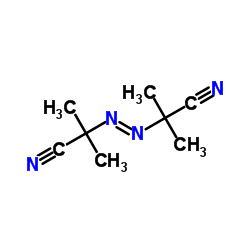 |
2,2'-Azobis(2-methylpropionitrile)
CAS:78-67-1 |
|
 |
Dimethyl sulfoxide
CAS:67-68-5 |
|
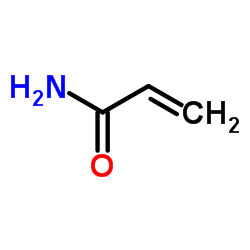 |
Acrylamide Crystals
CAS:79-06-1 |
|
 |
Divinylbenzene
CAS:1321-74-0 |
|
 |
Hydroquinone
CAS:123-31-9 |
|
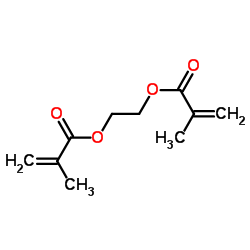 |
Ethylene methacrylate
CAS:97-90-5 |
|
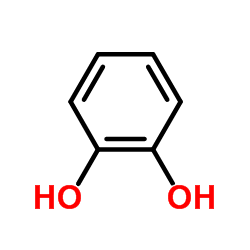 |
1,2-Benzenediol
CAS:120-80-9 |
|
 |
Chlorotrimethylsilane
CAS:75-77-4 |
|
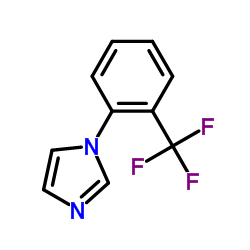 |
1-(2-(trifluoromethyl)phenyl)-1h-imidazole
CAS:25371-96-4 |
|
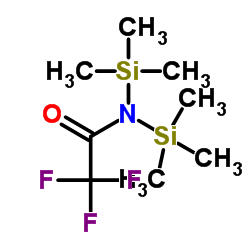 |
bis(trimethylsilyl)trifluoroacetamide
CAS:25561-30-2 |